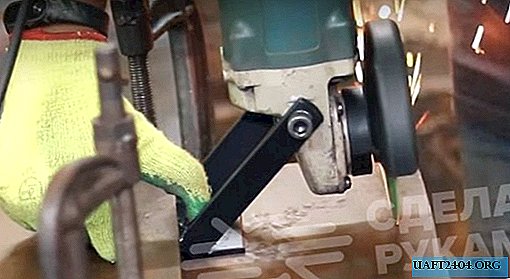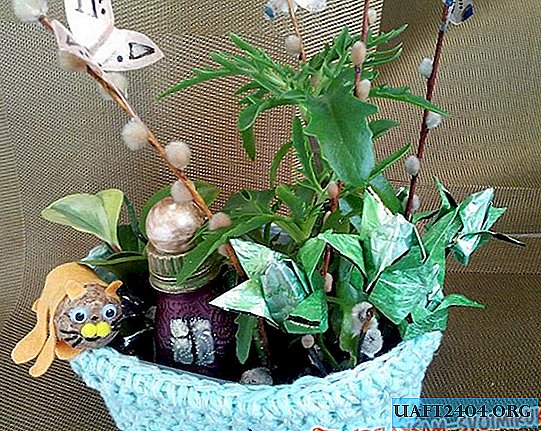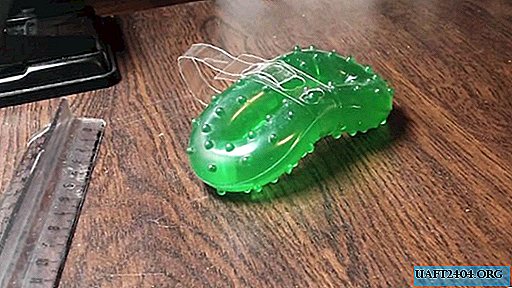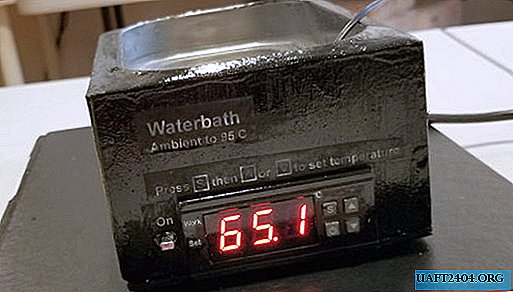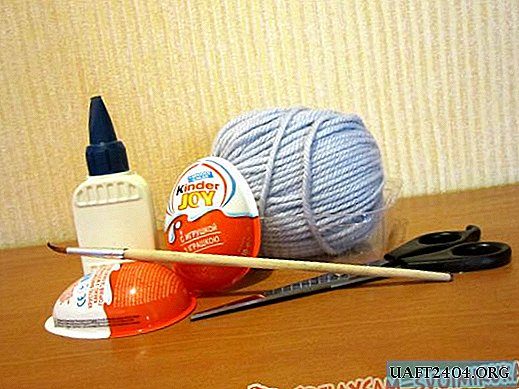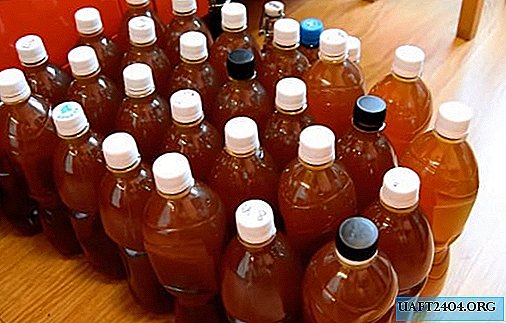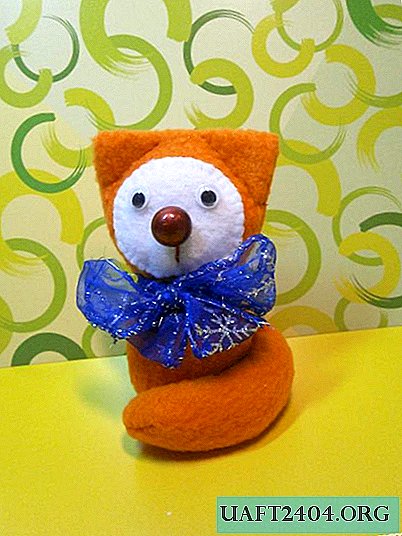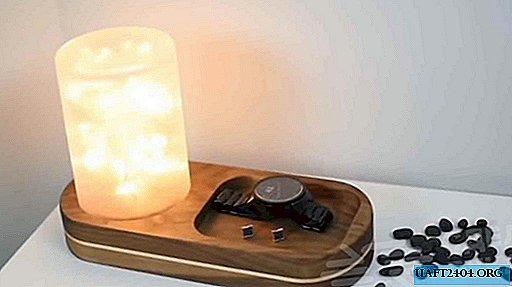Share
Pin
Tweet
Send
Share
Send
What do you need for work? Minimum materials. Gather in the neighbors and friends the remnants of thread for knitting different shades and textures (the more the better). Buy a sheet of hardboard and let your husband cut it into rectangles and squares - this will be the basis for the paintings. Also buy a tube with PVA glue and well-sharpened scissors. To conveniently stick the threads to the base, you still need a thin wooden stick (long skewer). That's all the material and tools.
What does any craft begin with? Of course, with an idea. Pick the image you like best. If you can draw beautifully, then there is no problem. But for those who are a little tricky with the visual arts, there is an assistant - this is the Internet. In the sections "Coloring" there are many graphic drawings that will greatly help in the technique of nitkography. Print the image you like on a piece of paper, and then transfer it to a solid base.
For example, such a cock.
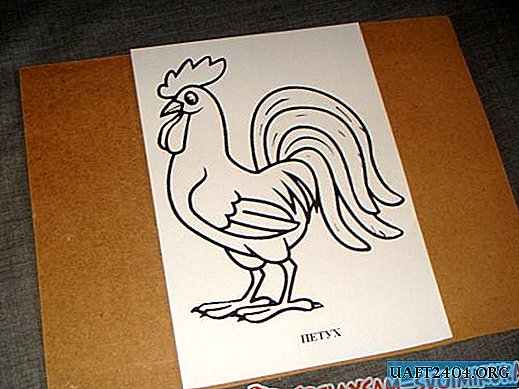
You can draw two identical drawings of this bird. Such an idea is suitable for a birthday present for a married couple in which the husband and wife of the same age were born in the year of the Rooster. The work can be called "I look at you like a mirror" (if a couple lives soul to soul), or "Who is who?" (if a husband and wife quarrel a bit in a relationship, like two cocks in a village courtyard).

Next, you need to glue the black thread throughout the graphic pattern. This is necessary in order to clearly draw the contours of images. If you do not like clear boundaries, then this stage of the work can be omitted.
Knitting thread is easily fixed on the base with PVA glue. So that she does not move out and sticks evenly, you can direct her with a thin wooden skewer or a rod from the handle.

This is how the contours of cocks are clearly visible.

Now it's time to “color” the image with colored yarn. Choose the colors of the threads and fill them with individual elements of the picture. For example, scallops of roosters should be red. Gradually glue the thread one near the second, cutting to size.
Glue is applied to the base in a small amount.

Then fill the bird's beaks with a yellow thread.

Gradually moving to the body and feathers of roosters. The alternation of colors can be both smooth and contrast.

Here is an image that is fully pasted over with strips of colored threads for knitting.

It remains only to sketch the background. If you want, you can do it with a pencil, and a background of threads would look better.

You can give a picture in a frame, but only without glass, so that the texture of the work is palpable.
If you use yarn of different thicknesses and textures, the picture will turn out to be more embossed and voluminous. When using threads of the same quality, a more uniform and smooth surface comes out.
Do not be afraid to try something new and unusual, go for it and you will succeed!
Share
Pin
Tweet
Send
Share
Send

